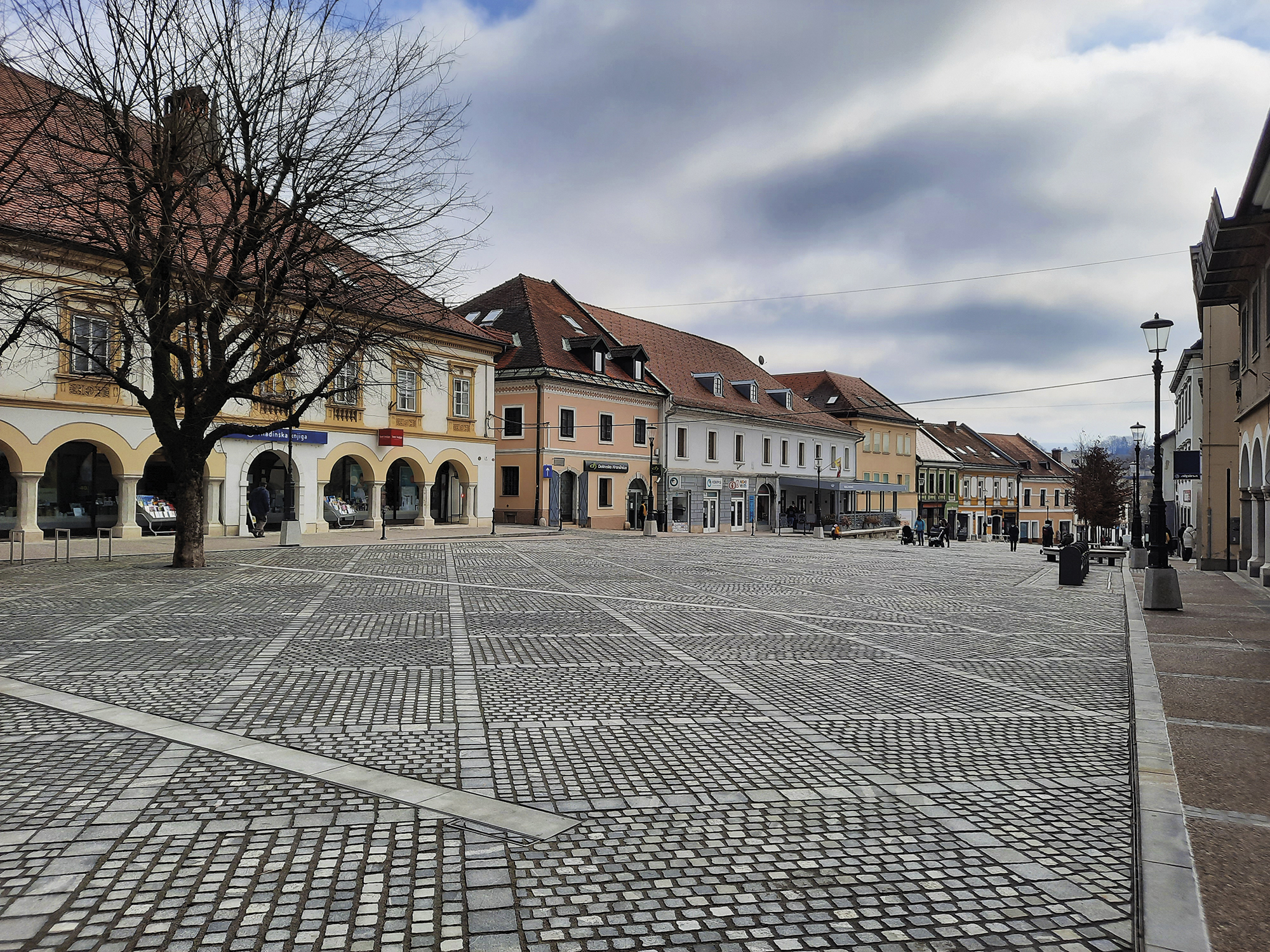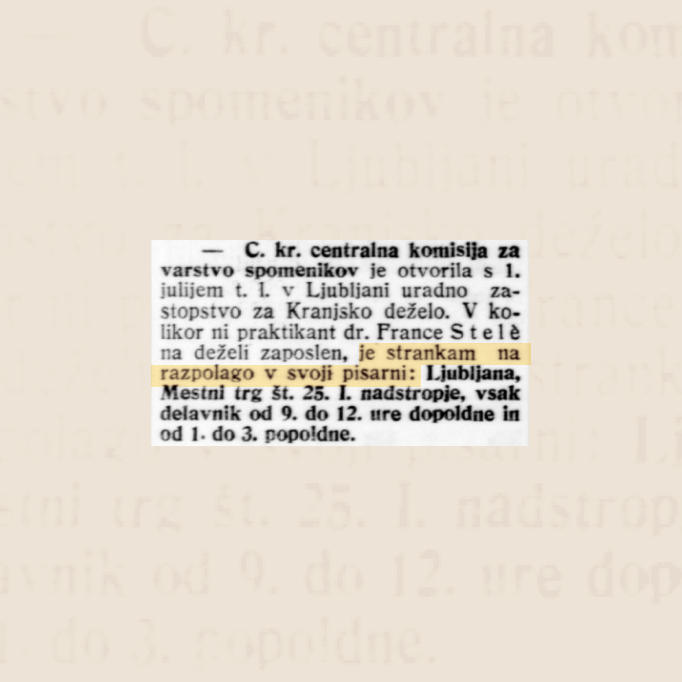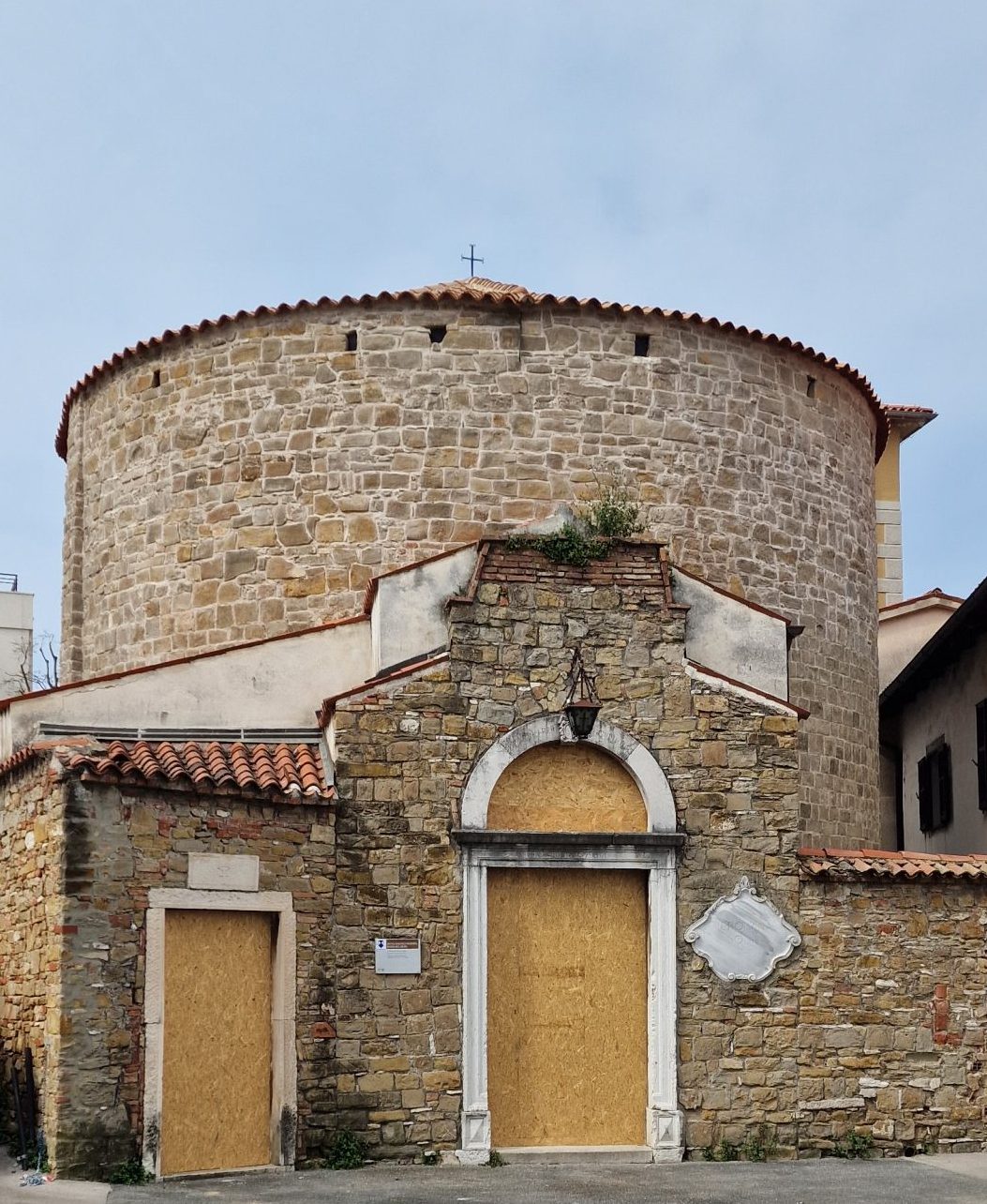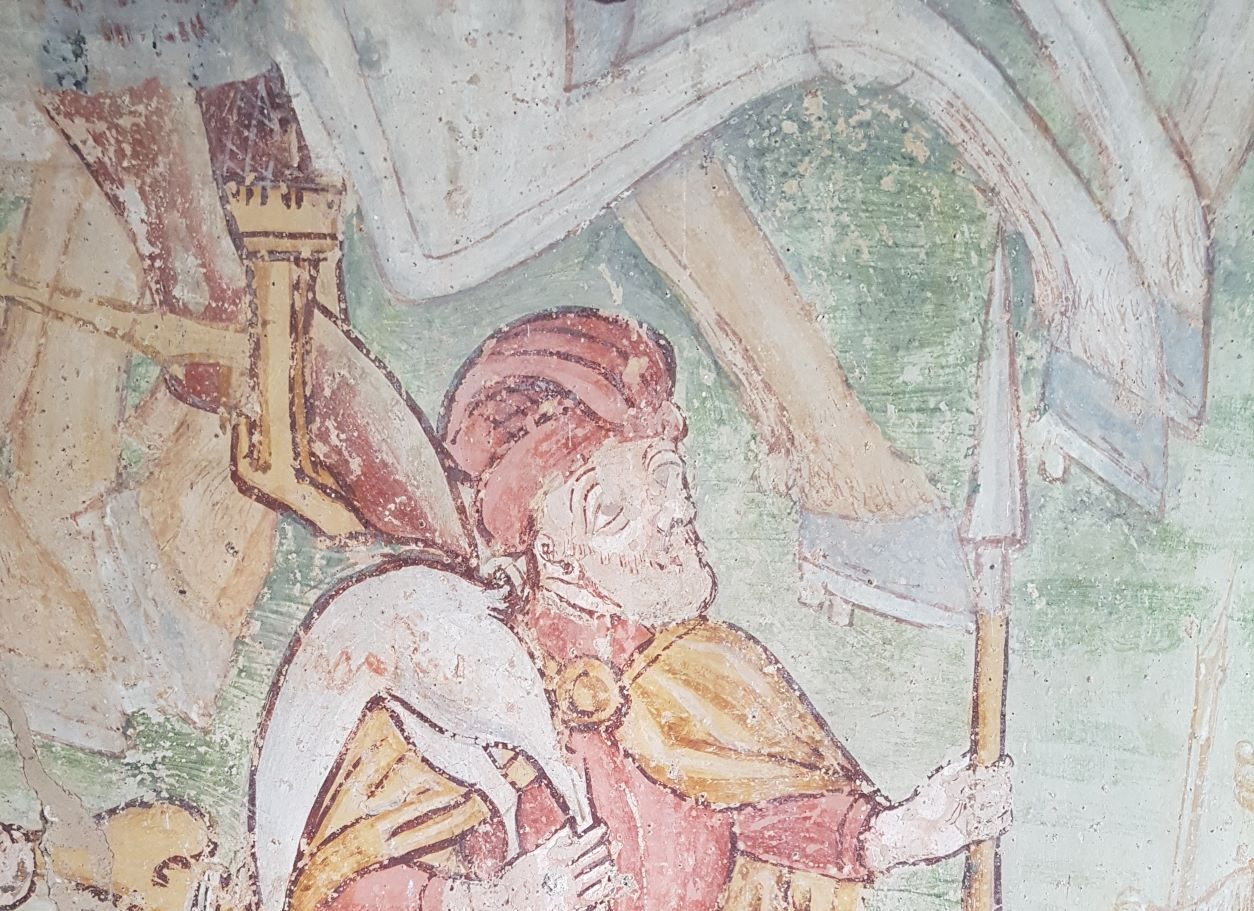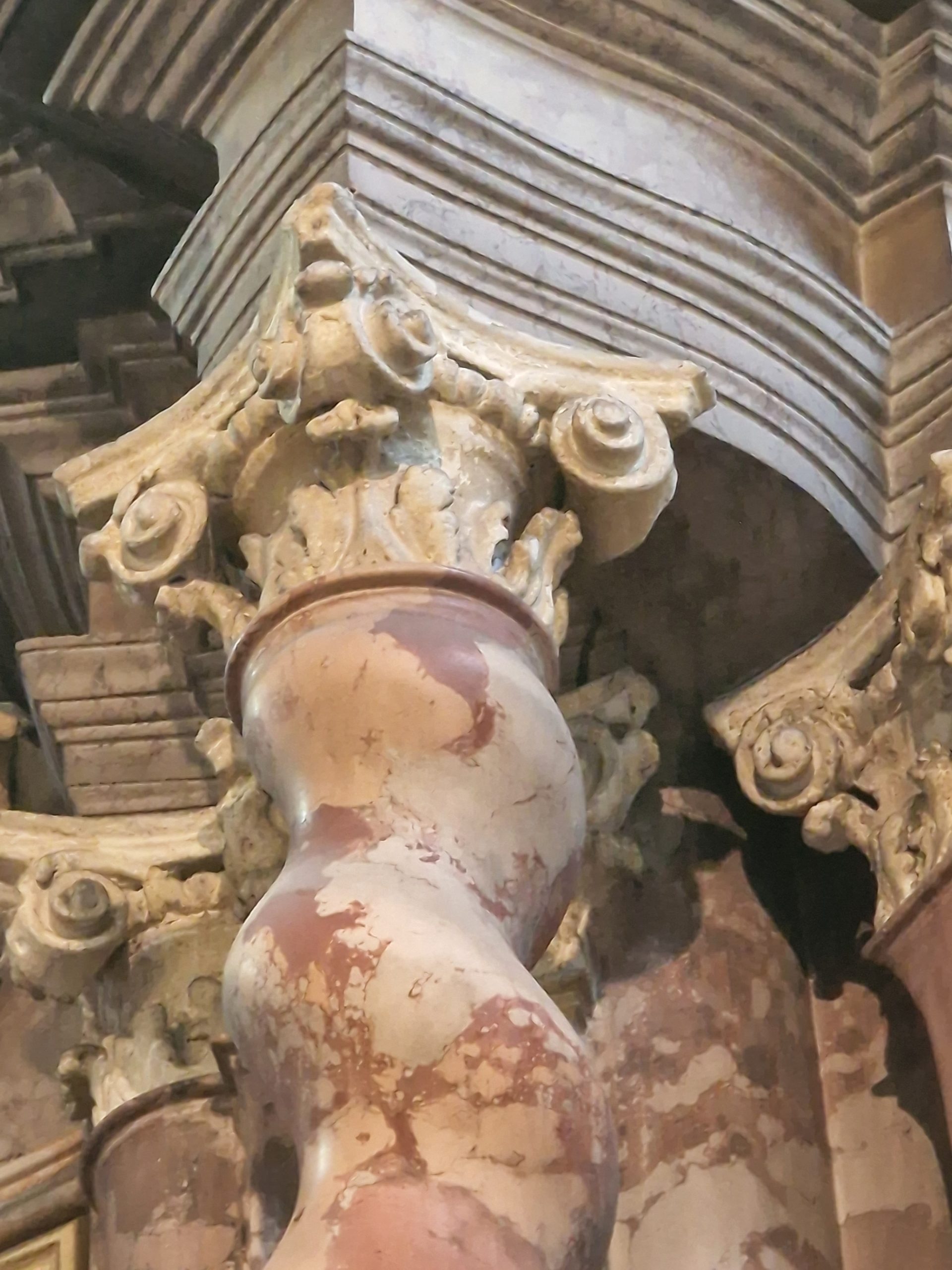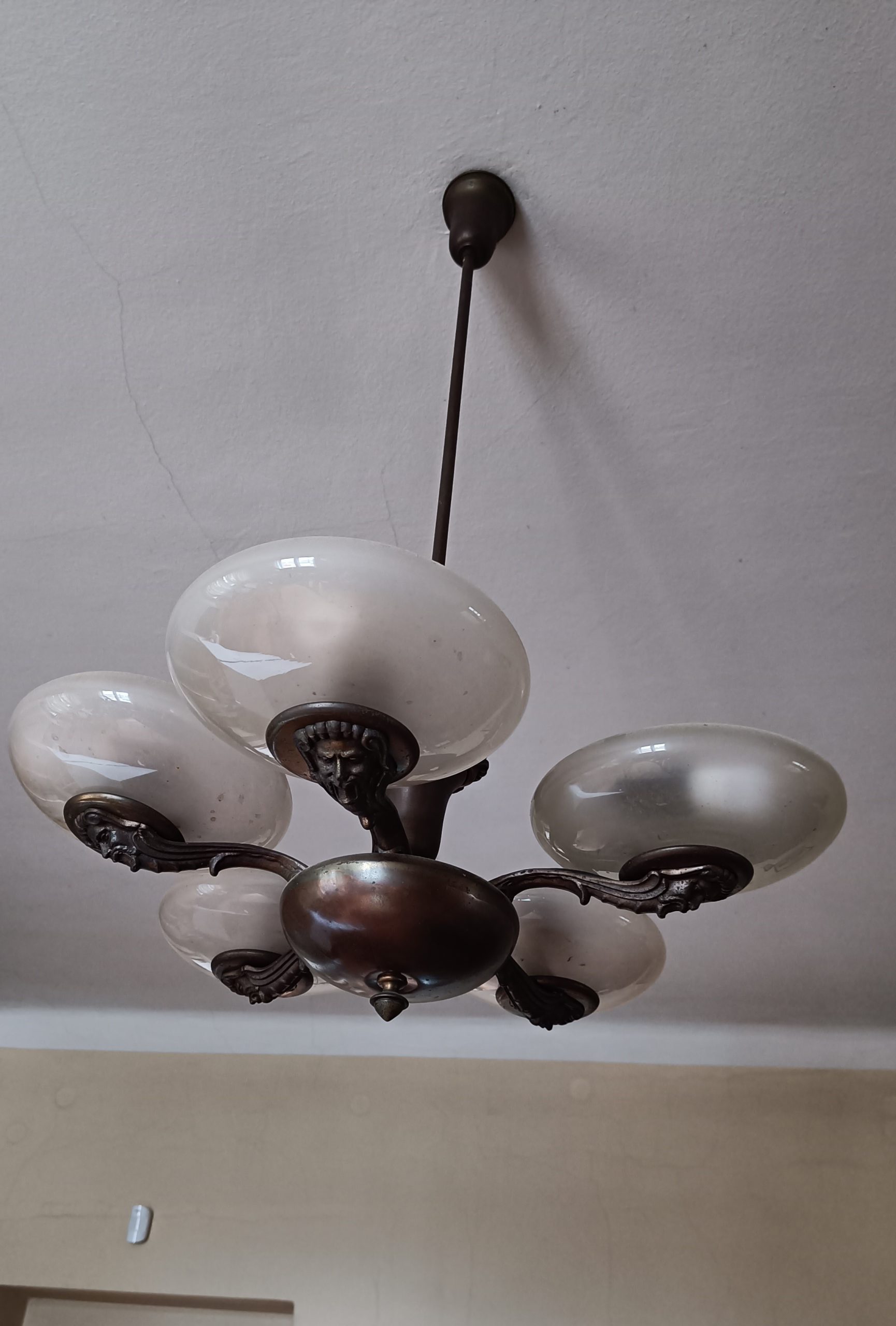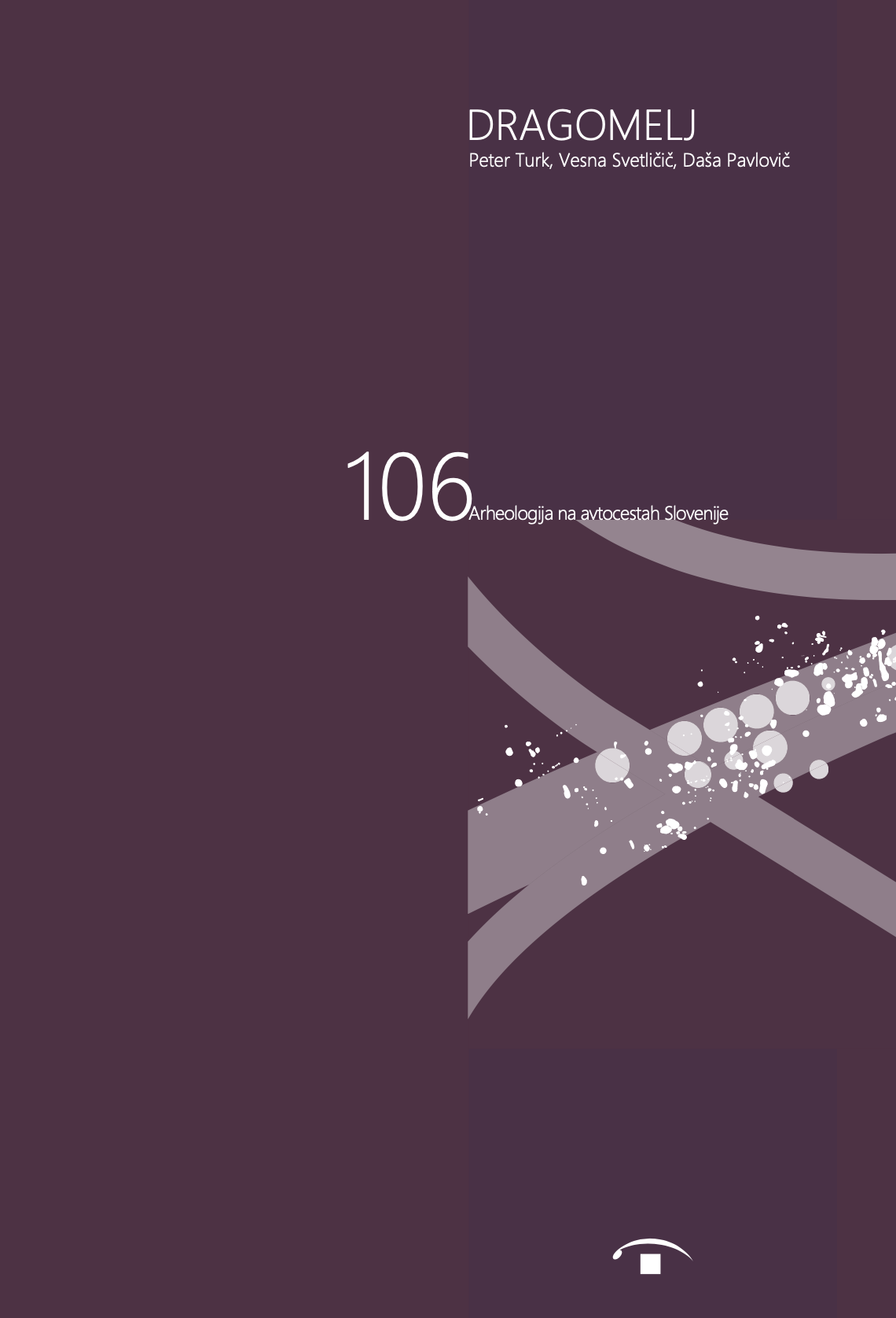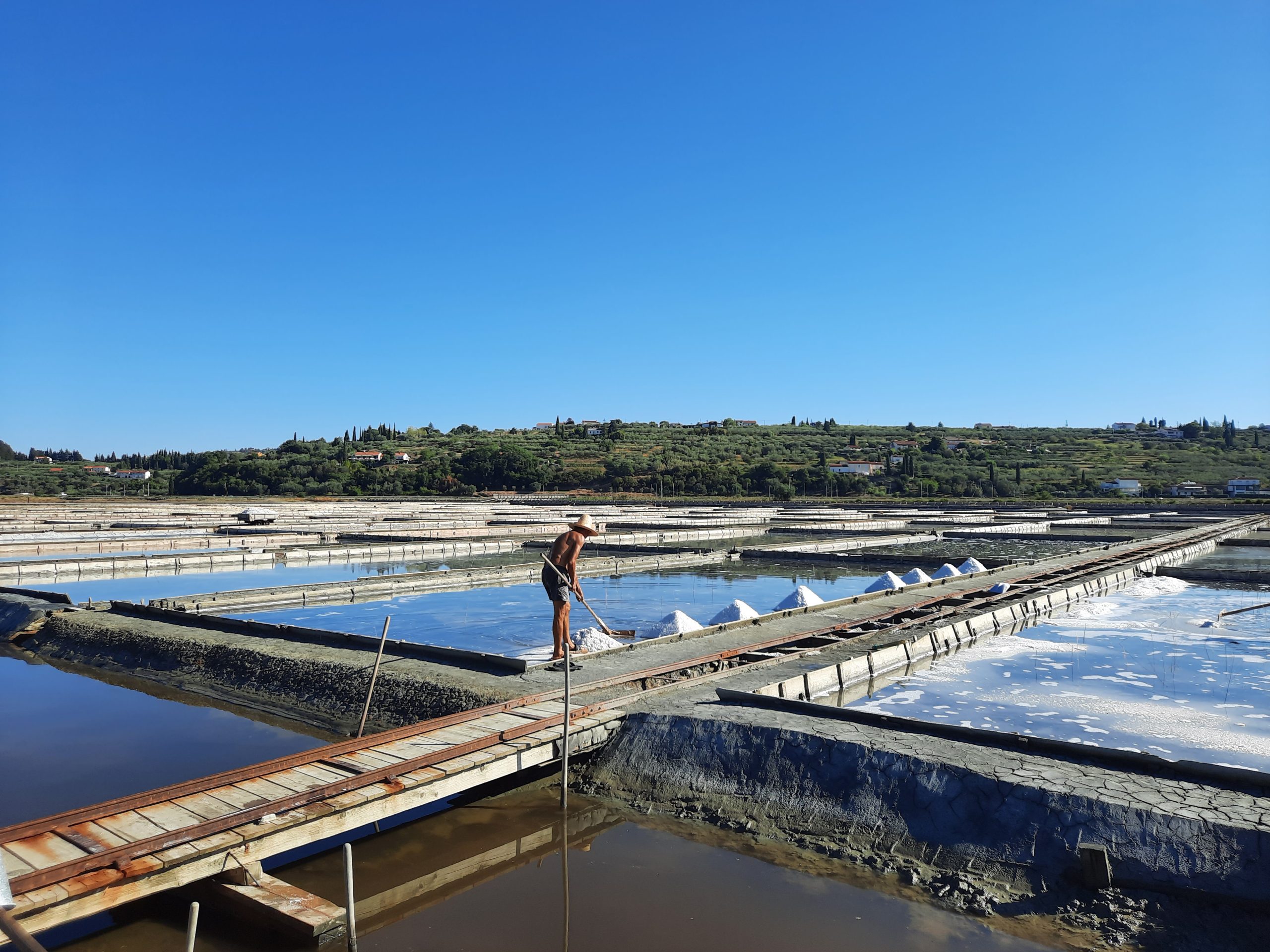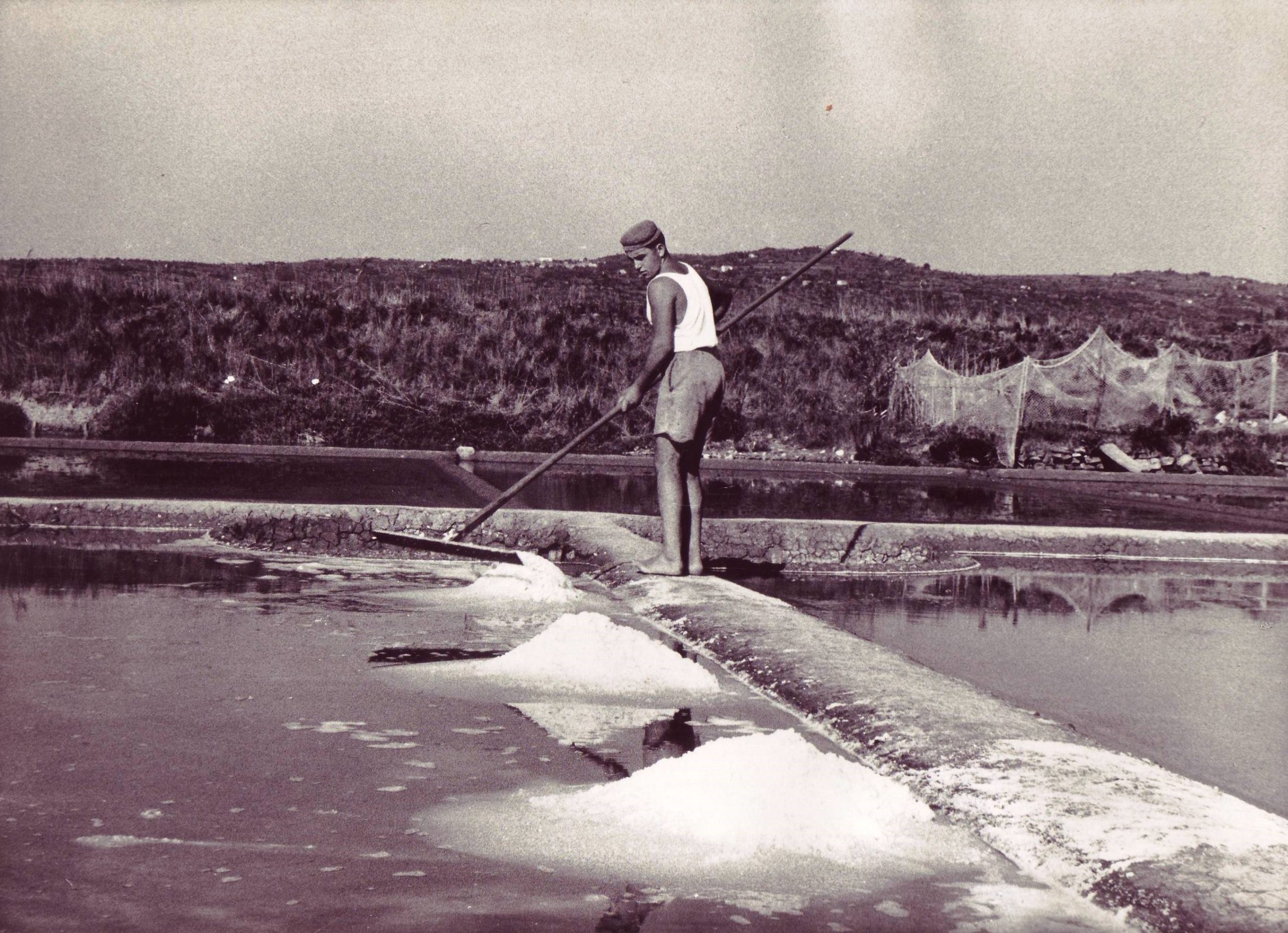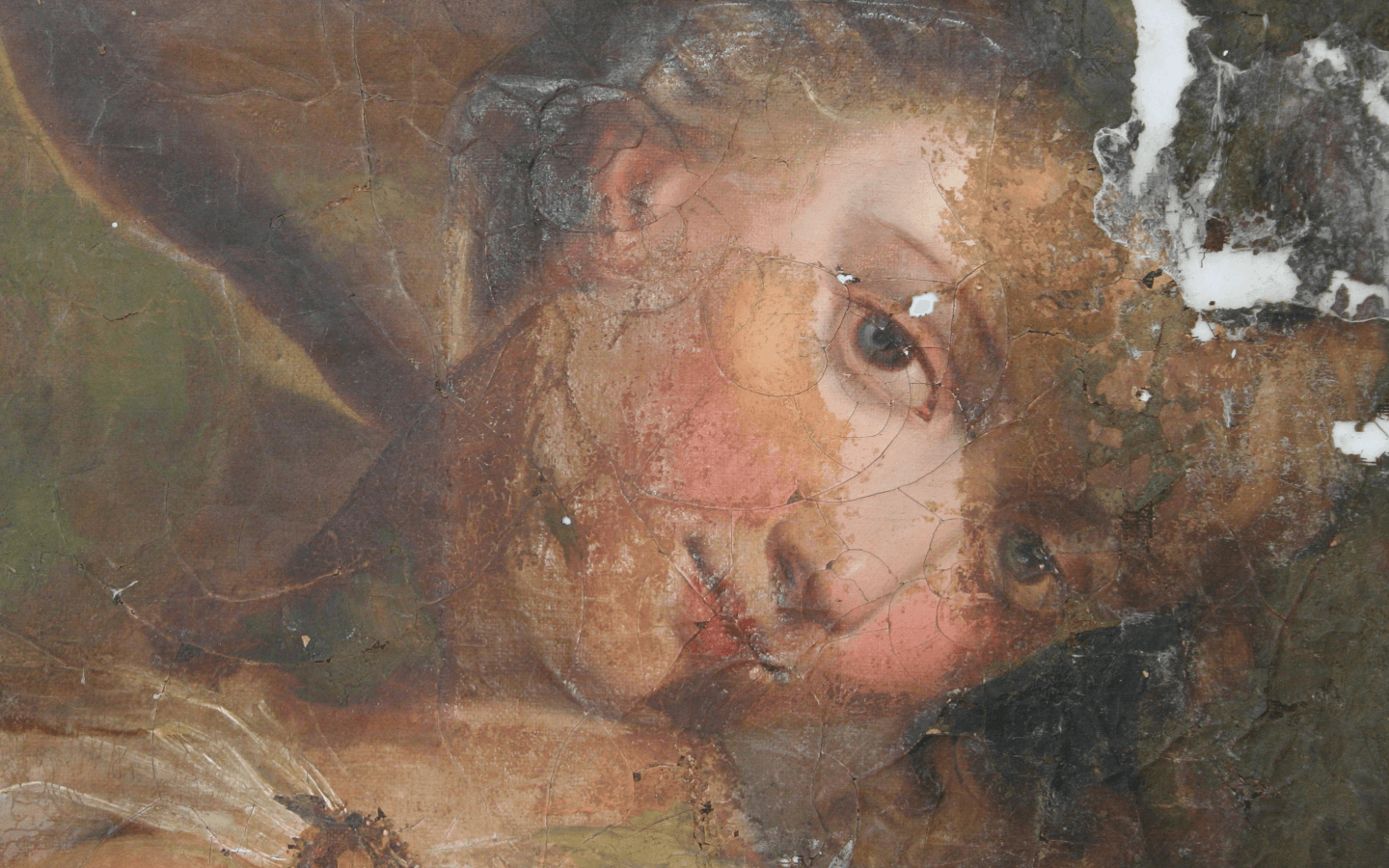Before any encroachment on cultural heritage or on land for construction within a registered archaeological site, cultural heritage consent must be obtained from the competent regional unit of the ZVKDS, and before that, cultural heritage conditions must be obtained. All construction, maintenance work and other works, activities and practices that alter the appearance, structure, internal relationships and use of the cultural heritage site are considered to be interventions.
Register
Conditions and consents
Interventions in the archaeological heritage
Applications
Conservation plan
Manuals
